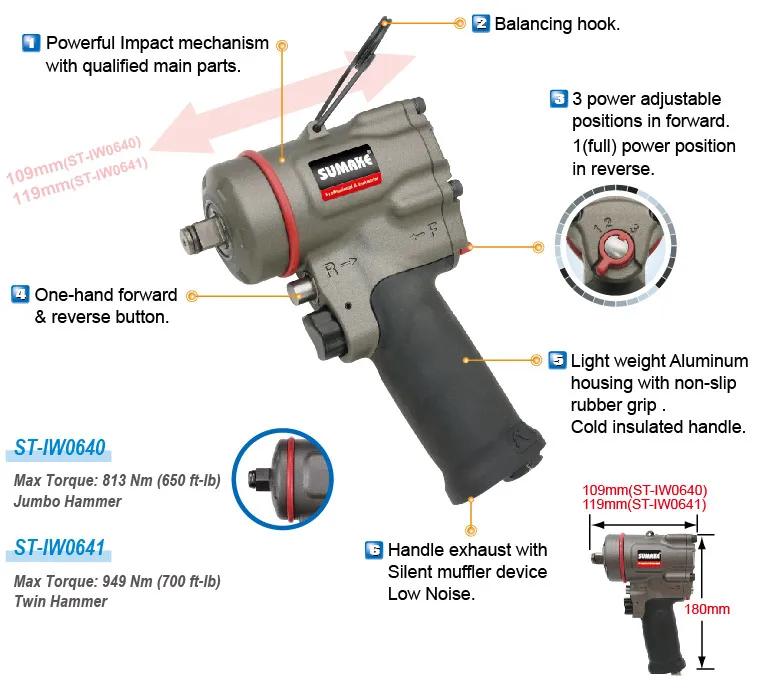Impact Wrenches are the workhorses in the automotive industry. Be it the assembling plants or garages/workshops, you can see dozens of wrenches in action. While there are powerful and reliable Electric Impact Wrenches, Pneumatic Impact Wrenches are the preferred choice in many workshops. And if it is a pneumatic tool, then you also need an air compressor to “power” the tool. If you are planning to buy an air compressor for your garage/workshop, you might be wondering “What Size Air Compressor Do I Need for Impact Wrench?”.
In this guide, we will see all the factors you need to consider when picking an air compressor to run an impact wrench. After that, we will see how the size of the impact wrench or how often you use it affects the choice of air compressor.
Finally, we will see some generic answers to the important question: What Size Air Compressor Do I Need for Impact Wrench?
Outline
An Impact Wrench is perhaps the most common and popular air tool in an automotive workshop. It is also known as Impact Gun or Rattle Gun.
A typical application of the Impact Wrench is to remove or fit lug nuts on a car to remove or replace tires. These lug nuts often need a lot of torque to loosen or tighten them and Impact Wrenches can deliver that.
While there are electric impact wrenches, automotive workshops prefer Air Impact Wrenches (among other air tools). Some reasons for this choice are:
An Air Impact Wrench can rotate in clockwise as well as counter-clockwise directions. A valve in the tool controls the amount of torque it applies.
Speaking of torque, an impact wrench’s torque is dependent on the tool as well as the pressure of air fed by the air compressor.
Air Tools such as Impact Wrenches, Drills, Grinders, etc. operate using high-pressure compressed air. The system usually consists of an air compressor, pressure regulator, air hose, and different types of air compressor fittings.
The system usually consists of an air compressor, pressure regulator, air hose, and different types of air compressor fittings.
An electric motor compresses air and stores it in a metal tank. With the help of a pressure regulator, you can control the amount of air pressure the tank outputs.
Now, let us focus on the main question in the discussion; what size air compressor do I need for impact wrench? To answer this question, we need to take a look at a couple of important things.
The first one is the drive size of the Impact Wrench. Air Impact Wrenches are available in 4 common drive sizes:
Impact Wrenches with different drive sizes have different airflow requirements. Speaking of airflow, we measure it in cubic feet per minute, or CFM. Most air tools require a certain CFM of air at 90 psi pressure while running free.
Here are the typical CFM ratings for different drive sizes.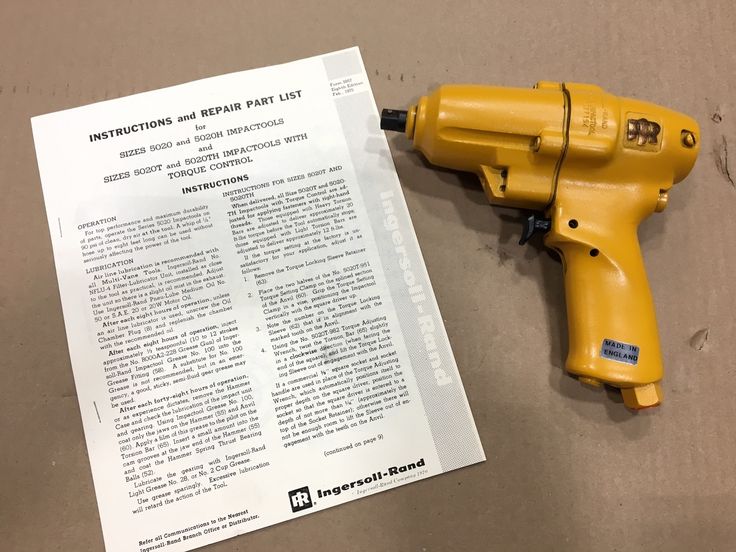
So, it is important that you check the size of your impact wrench and its minimum CFM ratings recommended by the manufacturer.
Note that these are the minimum CFM values. The air compressor you choose must deliver at least this amount of airflow at 90 psi pressure for the impact wrench to run freely.
This means the air compressor must have a slightly higher airflow than this value. But how much more?
As a simple rule of thumb, the airflow from the air compressor must be at least 3/2 times the minimum requirement of the impact wrench.
For example, a 1/2″ drive Impact wrench usually has a requirement of about 5 CFM airflow at 90 psi. So, the airflow rating of the air compressor at 90 psi should be 3/2 * 5 = 7.5 CFM.
The size of the air compressor’s tank determines how long you can use the impact wrench continuously without switching on the motor.
You can find air compressor tanks that can hold 80 – 100 gallons of air. At the same time, there are also smaller tank sizes such as 6 gallons and 16 gallons.
So, what’s the optimum air compressor tank size? This depends on how long you want to use the air tool but as a rule of thumb, we usually recommend an air compressor tank size of at least 5 to 6 times the airflow requirement of the tool.
For example, if the impact wrench has an airflow requirement of 5 CFM, then the tank size of the air compressor must be at least 25 to 30 liters (6 – 8 gallons).
In this case, you can expect the impact wrench to operate for about an hour or an hour and a half.
Note that these are just recommendations. If you run multiple tools and use air tools for a lot of jobs, then a larger tank size will definitely be beneficial.
Let us now see all the important things you need to consider while purchasing an air compressor.
As we mentioned earlier, the drive size of the air tool, which is an Impact Wrench in this discussion, plays an important role in determining the air compressor you need.
Impact Wrenches with smaller drive sizes (3/8” or 1/2″) need less airflow than tools with larger drive sizes (3/4” or 1”).
We measure the airflow in CFM (cubic feet per minute). Check the CFM ratings of the impact wrench as well as the air compressor.
If you want to use the Impact Wrench for a continuously long duration, then you need an air compressor that can hold a large volume of air.
So, the tank size of the air compressor becomes crucial. You can get air compressors with small tanks (2 gallons), medium size tanks (6 – 16 gallons), and large tanks (more than 30 gallons).
Another important factor that impacts your buying decision of an air compressor is the number of air tools you use simultaneously. If you own or operate a large garage or workshop where you have a crew that works on several vehicles at the same time, then it is better to invest in a large industrial air compressor.
They have the airflow capacity to feed multiple tools and also a larger tank that can hold significantly large volumes of air.
Air compressors and air tools are loud machines. Irrespective of the size of the garage, we recommend you place the air compressor far away from the main work area and run hoses through the workshop.
If you have a small garage, then consider building a tiny shed outside the garage to house the air compressor so that we keep its noise to a minimum level.
Another important thing is the size of the air compressor. If you have a large workshop with separate space to put the air compressor, then you can get away with a large-size air compressor.
But for small workshops or garages with already congested space, a small air compressor is a better choice.
Automotive and construction are the two main “types” of work that use air tools. For smaller jobs such as painting or drilling, you don’t need a super powerful air compressor.
But for using high torque air tools such as impact wrenches, hammers, etc. you need a strong air compressor.
Air Impact Wrenches are very important tools in automotive garages and workshops. Be it in small garages or large workshops, impact wrenches are a necessity to finish the job easily, efficiently, and effortlessly.
But if you are wondering, what size air compressor do I need for impact wrench, then we covered this in this guide. We saw some basics of impact wrenches and air compressors.
After that, we saw the factors that determine the size of the air compressor. Finally, we gave a couple of simple ways to calculate the right air compressor you need for “powering” an impact wrench.
There are lots of uncertainties out there about selecting the ideal size air compressor for running your air tools. Basically, there are few air impact wrench compressor requirements to look at when choosing the right air compressor for your garage or shop.
These air impact wrench compressor requirements let you decide which one is best suited for your needs. There are few considerations:
The first criteria is the air compressor’s horse power (Hp) rating. Many assume that the higher HP, the better the air compressor is. Thus, all HP ratings are not created equal and can easily be misrepresented. If your plan on using your air compressor for smaller jobs like air brushing or pumping up tyres then an 1. 5 hp compressor should get the job done.
5 hp compressor should get the job done.
Another thing to consider is the PSI which stands out for pounds per square inch. Most air impact wrench compressors require 90 PSI in order to work correctly.
Hence, you will still need an air compressor with a higher shut-off pressure. Generally, such compressors shut off at 100 PSI but don’t forget about pressure loss in the line. You will find that most air tools will operate best between the sweet spot of 80 – 100 PSI. Most small workshop compressors between 1.5 hp and 3 hp generally will produce between 120 and 150 PSI. So in this case air pressure should not be a problem. If the PSI drops as the tank empties it could indicate that the compressor is under-powered for the work you are doing.
Other air impact wrench compressor requirements that you need to consider before buying is CFM which stands for cubic feet per minute. Different air tools require different volumes of free air to work correctly.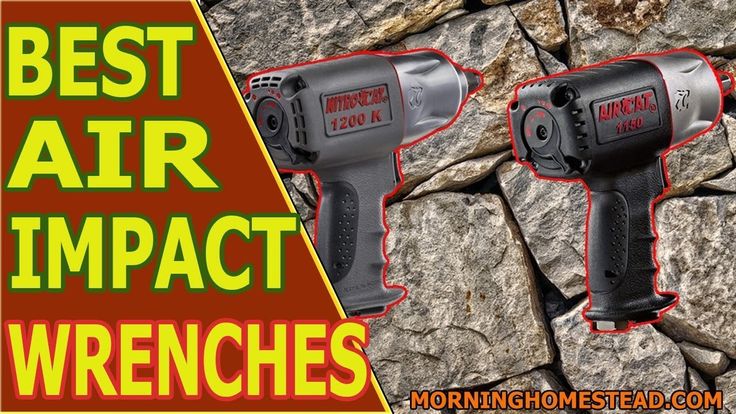 If you don’t know about free air it is measured using CFM or Cubic Feet per minute. This is the amount of compressed air that will need to pass through the tool per minute for it to work. So its clear that the air compressors output must at least match a air tools required CFM.
If you don’t know about free air it is measured using CFM or Cubic Feet per minute. This is the amount of compressed air that will need to pass through the tool per minute for it to work. So its clear that the air compressors output must at least match a air tools required CFM.
Lastly, the tank size is the final factor to consider. Tank size is normally stated in US gallons. For an instance, 30 gallon is a regular tank size. First, don’t be confused about having a large tank which do you think has more time for your air tools. If you will use impact wrench compressor intermittently, a large tank is fine. Thus, if you need a continuous use, you will need a small tank with big enough motor and pump.
What happens when an air compressor is not suitable? Well as you operate the tool you will find the the performance of the tool gets worse with the drop off in air pressure.
Another consideration is ensuring that the power source is suitable for the compressor your interested in, will it run of a socket in the house or will it need a larger supply.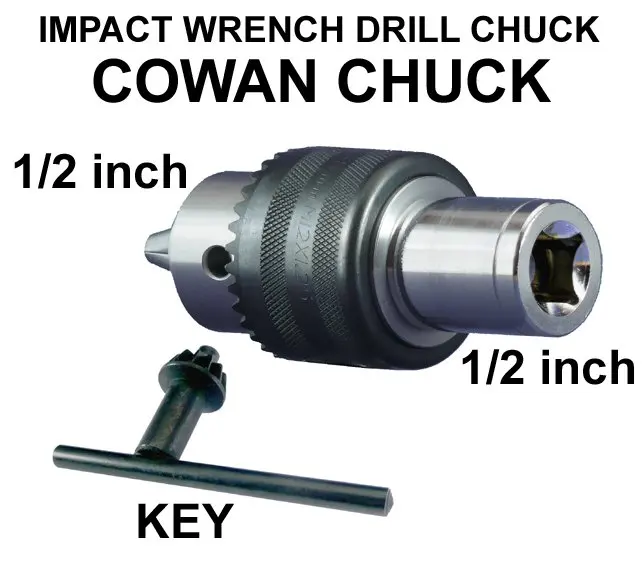
There are various air compressor types. Here are the three most common:
You will find that one of the more popular types of entry level compressors are the Direct Drive Portable models. Key features:

If the motor and pump are powerful enough, you should not run out of air. You can save bucks by likely buying an air impact wrench compressor with a large tank and smaller motor for intermittent use. You will need a more heavy duty air compressor if you are running your air tool constantly.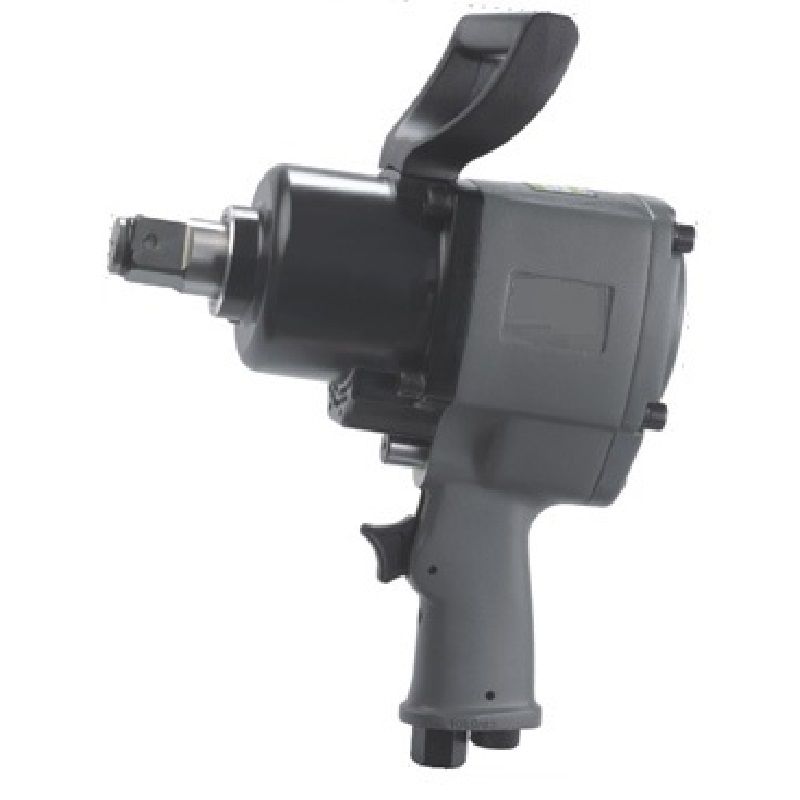
GISON has about 500 calibers and more than 1000 molds for processing and manufacturing any air tool. Their versatile manufacturing and design capabilities have enabled them to offer solutions that are reasonably priced and competitive. At GISON, their processing is ISO-9 certified001: 2015, CE approved products and their pneumatic hand tools are sold worldwide to 50 countries.
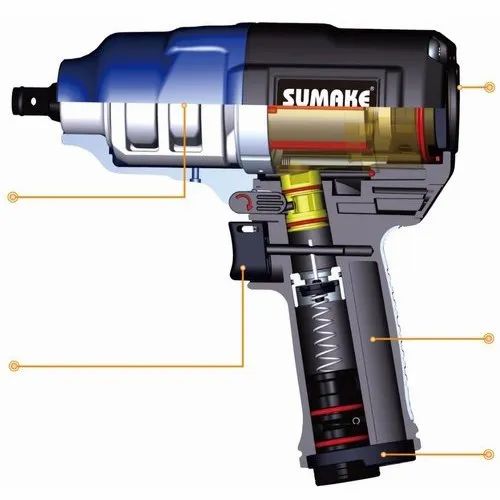 6" Air Random Sander -orbital sander for robotic arm (12000 RPM)
6" Air Random Sander -orbital sander for robotic arm (12000 RPM)  Manual vacuum suction lifter and air gun (2 in., 1.10 mm)
Manual vacuum suction lifter and air gun (2 in., 1.10 mm) TAIWAN GISON's GPD-233 Light Electric / Air Drill Auxiliary Vertical Drilling Rig with low air consumption can work with a 1.5 power small air compressor hp (1.1 kW) without additional vacuum pump (vacuum generator). nine0005
TAIWAN GISON's GPD-234 Heavy Duty Electric / Air Drill Auxiliary Vertical Drill Rig with low air consumption can work with a small air compressor 1.5 HP (1.1 kW) without additional vacuum pump (vacuum generator).
TAIWAN GISON Arm Pneumatic Sander is specially designed to be mounted on the robot arm. It can simply be locked directly onto the robot arm via an adapter.
TAIWAN GISON Manipulator Pneumatic Belt Sander is specially designed to be mounted on a robot arm. It can simply be locked directly onto the robot arm via an adapter. nine0005
It can simply be locked directly onto the robot arm via an adapter. nine0005
TAIWAN GISON Robotic Arm Air Orbital Sander is specially designed for arm mounting. It can simply be locked directly onto the robot arm via an adapter.
TAIWAN GISON robotic arm air orbital sander is specially designed for arm mounting. It can simply be locked directly onto the robot arm via an adapter.
TAIWAN GISON Robotic Arm Air Orbital Sander is specially designed for arm mounting. It can simply be locked directly onto the robot arm via an adapter. nine0005
GP-AG40 4"(100cm) Pneumatic Grinder for TAIWAN GISON Arm is specially designed to be mounted on a robot arm. It can simply be locked directly onto the robot arm via an adapter.
It can simply be locked directly onto the robot arm via an adapter.
GP-AG50 5 inch (125cm) pneumatic grinder for TAIWAN GISON arm is specially designed to be mounted on the robot arm simply lock it. on the robot arm via adapter
TAIWAN GISON's GP-902 Pneumatic Belt Sander uses 10x330mm sanding belt, and the free speed is 18000rpm. By using a sanding belt of different roughness, the tool can be used for sanding/sanding metal materials, wood, plastic, stone, glass and ceramic surfaces.
More info
TAIWAN GISON's GP-902F Pneumatic Belt Sander uses 12.7x330mm sanding belt, and the free speed is 18000rpm By using a sanding belt of different roughness, the tool can be used for sanding/sanding metal materials, wood, plastic, stone, glass and ceramic surfaces.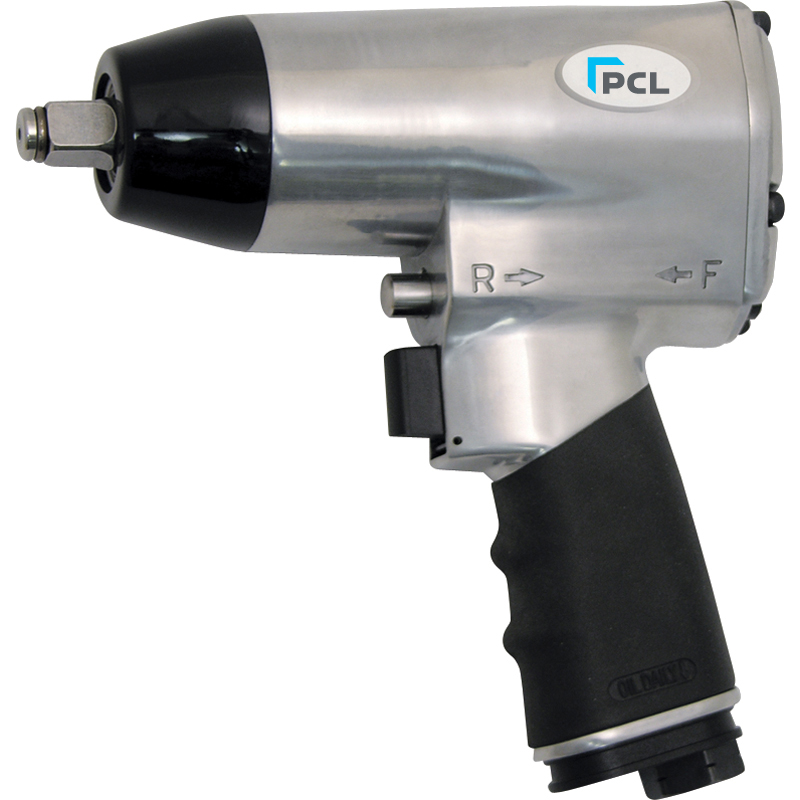
nine0003 Pneumatic Belt Sander (13x305mm, 18000rpm)
TAIWAN GISON's GP-902D Pneumatic Belt Sander uses 13x305mm sanding belt, and the free speed is 18000rpm. By using a sanding belt of different roughness, the tool can be used for sanding/sanding metal materials, wood, plastic, stone, glass and ceramic surfaces.
TAIWAN GISON's GP-902E pneumatic sander uses 12.7x610mm sanding belt, and the free speed is 18000 rpm. By using a sanding belt of different roughness, the tool can be used for sanding/sanding metal materials, wood, plastic, stone, glass and ceramic surfaces.
TAIWAN GISON's GP-902A pneumatic sander adopts 20x520mm sanding belt, and the free speed is 18000rpm. By using a sanding belt of different roughness, the tool can be used for sanding/sanding metal materials, wood, plastic, stone, glass and ceramic surfaces.
This TAIWAN GISON GP-902B pneumatic belt sander uses 30x540mm sanding belt, and the free speed is 13000rpm. By using a sanding belt of different roughness, the tool can be used for sanding/sanding metal materials, wood, plastic, stone, glass and ceramic surfaces.
TAIWAN GISON's GP-902C pneumatic sander uses 60x260mm sanding belt, and the free speed is 7000rpm. By using a sanding belt of different roughness, the tool can be used for sanding/sanding metal materials, wood, plastic, stone, glass and ceramic surfaces.
This TAIWAN GISON GP-902W water air belt sander uses 10x330mm sanding belt, and the free speed is 18000rpm. By using a sanding belt of different roughness, the tool can be used for sanding/sanding metal materials, wood, plastic, stone, glass and ceramic surfaces.
More Info
More Info
More Info
Quickly pick up and place an object on any flat, rough surface.
TAIWAN GISON's GP-SA50 has a 50mm angled suction cup and can quickly pick up and place any object with a flat rough surface . This is a 2 in 1 tool including suction lifter and air gun. nine0005
This is a 2 in 1 tool including suction lifter and air gun. nine0005
Quickly pick up and place small items on any flat, rough surface.
More Info
Article sections
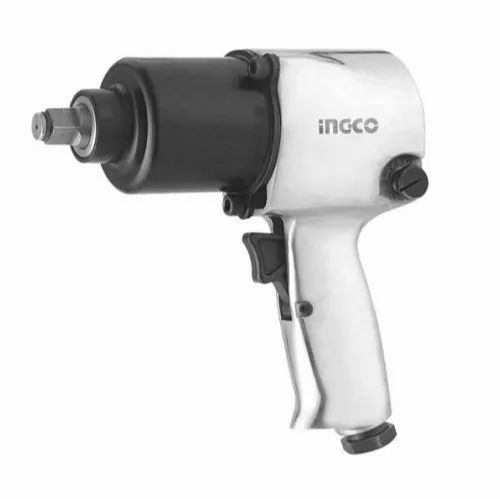 , Ltd. Privacy Policy
, Ltd. Privacy Policy Search product
English | Francais | Italiano | German | हिन्दी | Việt | 日本語 | Portugal | Español | ไทย | Russian | العربية | 한국어 | Polska | Romana | Indonesia | Nederlands | Ukrainian | Close
GISON has about 500 calibers and more than 1000 molds for processing and manufacturing any air tool. Their versatile manufacturing and design capabilities have enabled them to offer solutions that are reasonably priced and competitive. At GISON, their processing is ISO-9 certified001: 2015, CE approved products and their pneumatic hand tools are sold worldwide to 50 countries.
.jpg) Pneumatic belt sander for manipulator (10x330mm)
Pneumatic belt sander for manipulator (10x330mm) 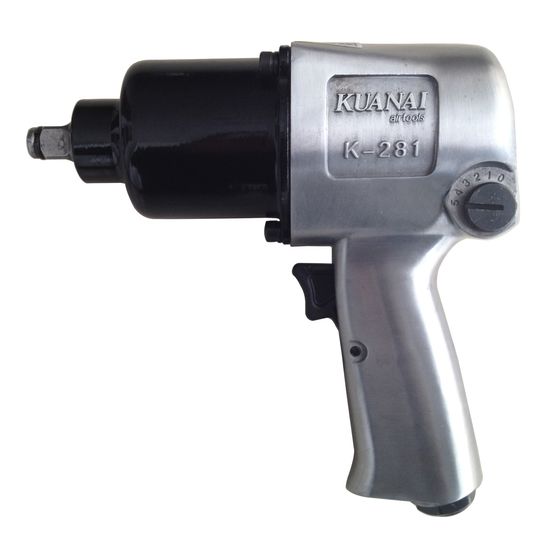 PORTABLE DRILLING MACHINE (INCLUDES VACUUM SUCTION)
PORTABLE DRILLING MACHINE (INCLUDES VACUUM SUCTION) TAIWAN GISON's GPD-233 Light Electric / Air Drill Auxiliary Vertical Drilling Rig with low air consumption can work with a 1.5 power small air compressor hp (1.1 kW) without additional vacuum pump (vacuum generator). nine0005
TAIWAN GISON's GPD-234 Heavy Duty Electric / Air Drill Auxiliary Vertical Drill Rig with low air consumption can work with a small air compressor 1.5 HP (1.1 kW) without additional vacuum pump (vacuum generator).
TAIWAN GISON Arm Pneumatic Sander is specially designed to be mounted on the robot arm. It can simply be locked directly onto the robot arm via an adapter.
It can simply be locked directly onto the robot arm via an adapter.
TAIWAN GISON Manipulator Pneumatic Belt Sander is specially designed to be mounted on a robot arm. It can simply be locked directly onto the robot arm via an adapter. nine0005
TAIWAN GISON Robotic Arm Air Orbital Sander is specially designed for arm mounting. It can simply be locked directly onto the robot arm via an adapter.
TAIWAN GISON robotic arm air orbital sander is specially designed for arm mounting. It can simply be locked directly onto the robot arm via an adapter.
TAIWAN GISON Robotic Arm Air Orbital Sander is specially designed for arm mounting.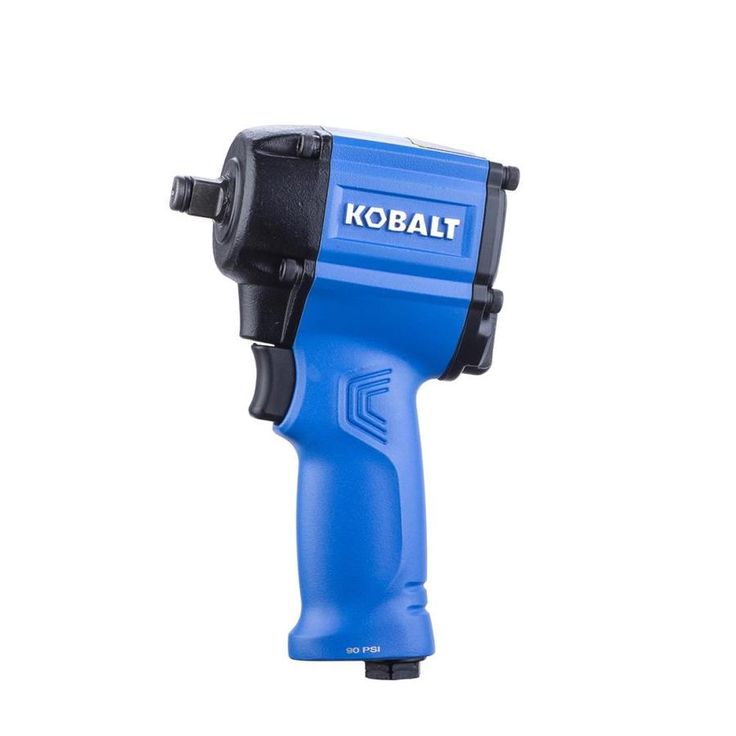 It can simply be locked directly onto the robot arm via an adapter. nine0005
It can simply be locked directly onto the robot arm via an adapter. nine0005
GP-AG40 4"(100cm) Pneumatic Grinder for TAIWAN GISON Arm is specially designed to be mounted on a robot arm. It can simply be locked directly onto the robot arm via an adapter.
GP-AG50 5 inch (125cm) pneumatic grinder for TAIWAN GISON arm is specially designed to be mounted on the robot arm simply lock it. on the robot arm via adapter
TAIWAN GISON's GP-902 Pneumatic Belt Sander uses 10x330mm sanding belt, and the free speed is 18000rpm. By using a sanding belt of different roughness, the tool can be used for sanding/sanding metal materials, wood, plastic, stone, glass and ceramic surfaces.
More info
TAIWAN GISON's GP-902F Pneumatic Belt Sander uses 12.7x330mm sanding belt, and the free speed is 18000rpm By using a sanding belt of different roughness, the tool can be used for sanding/sanding metal materials, wood, plastic, stone, glass and ceramic surfaces.
nine0003 Pneumatic Belt Sander (13x305mm, 18000rpm)
TAIWAN GISON's GP-902D Pneumatic Belt Sander uses 13x305mm sanding belt, and the free speed is 18000rpm. By using a sanding belt of different roughness, the tool can be used for sanding/sanding metal materials, wood, plastic, stone, glass and ceramic surfaces.
TAIWAN GISON's GP-902E pneumatic sander uses 12.7x610mm sanding belt, and the free speed is 18000 rpm.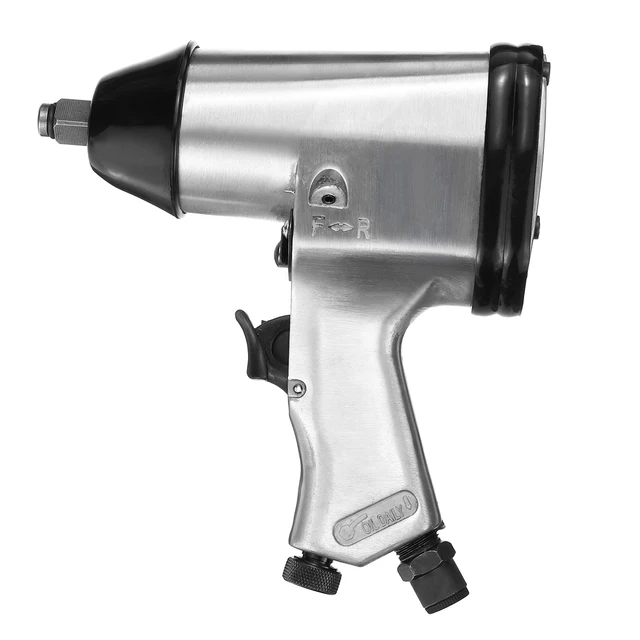 By using a sanding belt of different roughness, the tool can be used for sanding/sanding metal materials, wood, plastic, stone, glass and ceramic surfaces.
By using a sanding belt of different roughness, the tool can be used for sanding/sanding metal materials, wood, plastic, stone, glass and ceramic surfaces.
TAIWAN GISON's GP-902A pneumatic sander adopts 20x520mm sanding belt, and the free speed is 18000rpm. By using a sanding belt of different roughness, the tool can be used for sanding/sanding metal materials, wood, plastic, stone, glass and ceramic surfaces.
This TAIWAN GISON GP-902B pneumatic belt sander uses 30x540mm sanding belt, and the free speed is 13000rpm. By using a sanding belt of different roughness, the tool can be used for sanding/sanding metal materials, wood, plastic, stone, glass and ceramic surfaces.
TAIWAN GISON's GP-902C pneumatic sander uses 60x260mm sanding belt, and the free speed is 7000rpm.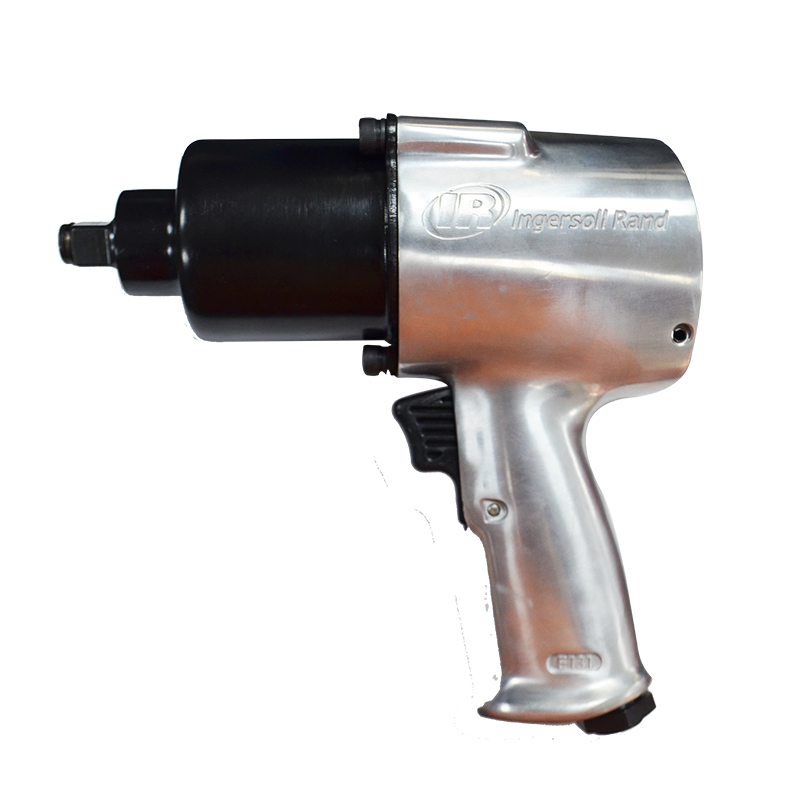 By using a sanding belt of different roughness, the tool can be used for sanding/sanding metal materials, wood, plastic, stone, glass and ceramic surfaces.
By using a sanding belt of different roughness, the tool can be used for sanding/sanding metal materials, wood, plastic, stone, glass and ceramic surfaces.
This TAIWAN GISON GP-902W water air belt sander uses 10x330mm sanding belt, and the free speed is 18000rpm. By using a sanding belt of different roughness, the tool can be used for sanding/sanding metal materials, wood, plastic, stone, glass and ceramic surfaces.
More Info
More Info
More Info
Quickly pick up and place an object on any flat, rough surface.
TAIWAN GISON's GP-SA50 has a 50mm angled suction cup and can quickly pick up and place any object with a flat rough surface . This is a 2 in 1 tool including suction lifter and air gun. nine0005
Quickly pick up and place small items on any flat, rough surface.
More Info
Article sections
